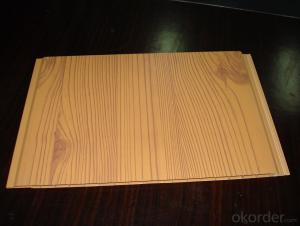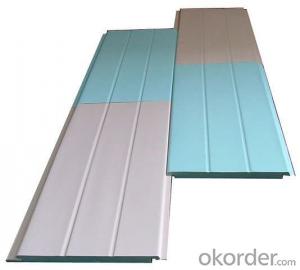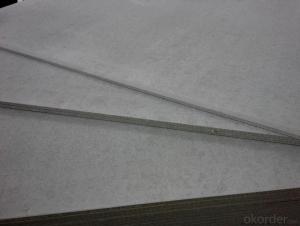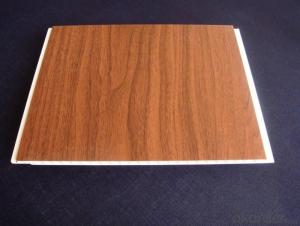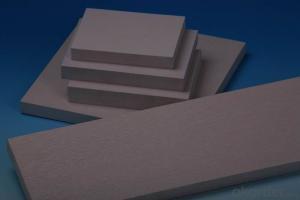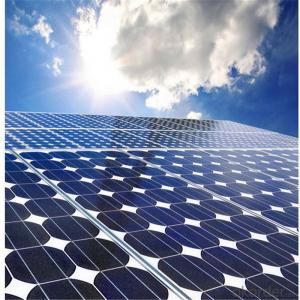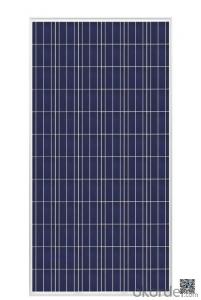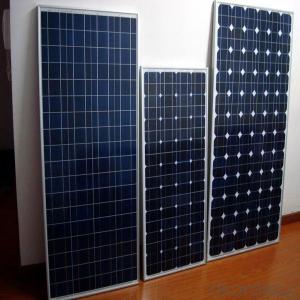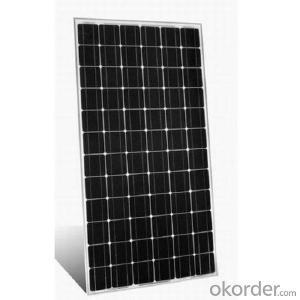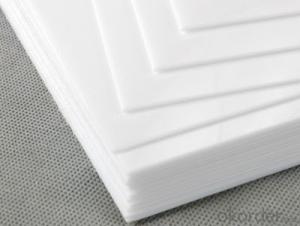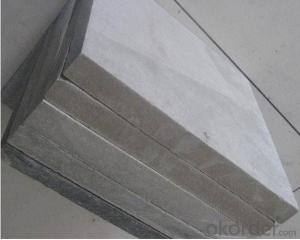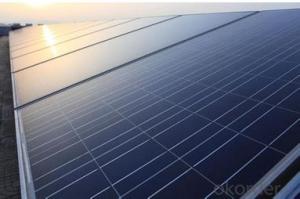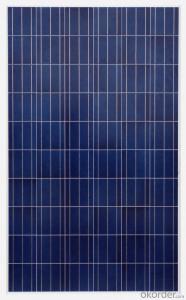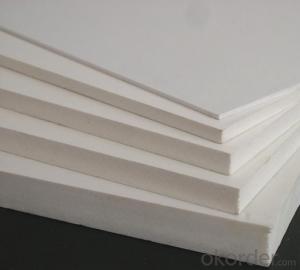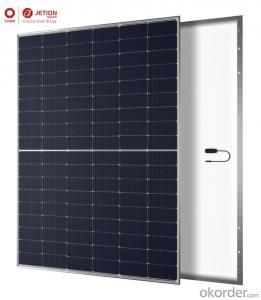Solar Cell Module Panel Array
Solar Cell Module Panel Array Related Searches
Shiny Or Dull Side Of Aluminum Foil For Cooking Inverter For 100w Solar Panel Solar Panel Inverter For Rv Pvc Tiles For Walls Wall Lights For Bedrooms Inverter Ac With Solar Panel Solar Panel With Inverter Kit Solar Panel Kits With Inverter Solar Panel With Inverter Direct Roving For PultrusionHot Searches
Used Sandwich Panel For Sale Pvc Chairs For Sale Tilt Panel Props For Sale Lightweight Scaffolding For Sale pvc pipe manufacturers in usa Sandwich Panel Price In India China Solar Panel Inverter Solar Inverter Panel Price China Pvc Geomembrane Sandwich Panel Manufacturers In Bangladesh Pvc Roofing Sheets Price India Pvc Roofing Sheets Price pvc resin price index Solar Panel Inverter Size Solar Panel Inverter Suppliers Q Cells Solar Panel Prices Tesla Solar Panel Inverter Honeycomb Sandwich Panel Suppliers Type Of Inverter For Solar Price Of Shipping Containers For SaleSolar Cell Module Panel Array Supplier & Manufacturer from China
Okorder.com is a professional Solar Cell Module Panel Array supplier & manufacturer, offers integrated one-stop services including real-time quoting and online cargo tracking. We are funded by CNBM Group, a Fortune 500 enterprise and the largest Solar Cell Module Panel Array firm in China.Hot Products
FAQ
- Yes, solar panels can be recycled. They are made of materials like glass, aluminum, and silicon, which can all be reclaimed and reused. Recycling solar panels helps reduce waste and environmental impact, while also recovering valuable resources for future production.
- Yes, solar panels can be installed on backpacks or camping gear. These portable solar panels are designed to be lightweight and flexible, making them suitable for outdoor activities. They can be used to charge small electronic devices like phones, tablets, or portable speakers while on the go, providing a convenient and sustainable power source.
- OK, so if you put solar panels up on a roof, they are busy turning the sun's energy into electricity. So, does that mean the roof (and therefore the house/structure) stays cooler as well? Or does it still get hot, because . . . I dunno, maybe the panels don't convert all the energy, and the spillover still heats up the building.Any links or URLs to scientific answers would be appreciated, but I don't mind hearing from the Average Joe or (Joelle).
- The type depends upon what you want the solar panels to do. Generate electricity ? Heat gain? Makes a big difference. You should probably get a contractor who specialises in solar panels out to at least start your education on this subject or you could throw a lot of money away on something you don't really need or want.
- Solar panels can have a positive impact on the resale value of a property. Studies have shown that homes with solar panels tend to sell faster and at higher prices compared to homes without them. This is mainly because solar panels can lower energy costs for homeowners, increase energy efficiency, and contribute to a more sustainable lifestyle, all of which are highly valued by potential buyers.
- I need to know how solar photovoltaic panels work. Anyone have a good explanation?
- Hey E Girl, photovoltiac panels are pretty simple. They start with a solid block of silicone, and shave thin layers off of them, called wafers. Once you have about 72 of them, you take half of them and dope them with boron, then the other half are doped with phosphorous. Once that's done, they take one each phosphorous and boron wafer, and glue them together with a special conductive epoxy glue, and attach a wire to each wafer. When the two glued wafers are exposed to the sun, a reaction occurs that forces free electrons from the silicone particles from one wafer onto the other, and a voltage is generated between them, about /2 volt to be exact. Once all 36 pairs are glued together, they are wired in series, connecting the phosphourous wafer from one to the boron wafer on the next, and so on. If you start with 72 wafers, you'll have 36 pairs glued together when you are done. At /2 volt each, that makes a 8 volt panel, which is used to charge a 2 volt battery. The charging source always has to have a few more volts than the battery. These 36 pairs of cells are then arranged on some kind of back board, glued down, covered with acrylic glass and mounted in a frame. There are some great websites you can go to for more info, I will list some below. Did you know that there are over 00,000 homes and businesses in the US alone that use some level of solar power to operate their electrical systems? That's good news. We actually live in one of those homes, it is powered by both the wind and sun and heated with solar and wood. I hope this answers your question, good luck, and take care, Rudydoo
- Solar panels are generally easy to maintain as they have no moving parts and require minimal attention. Regular cleaning to remove dust and debris, as well as occasional inspection for any damage or shading, is usually sufficient to ensure optimal performance.
- The time it takes to recoup the cost of solar panels through energy savings can vary depending on several factors such as the initial cost of the panels, the amount of energy they generate, and the cost of electricity in your area. On average, it can take anywhere from 5 to 20 years to recoup the upfront cost. However, it's important to note that solar panels have a lifespan of 25 to 30 years, so you can continue to benefit from energy savings long after recovering the initial investment.
- Yes, solar panels can be used in areas with high humidity or saltwater exposure. However, the performance and longevity of the panels may be affected by these environmental factors. It is important to choose solar panels specifically designed for such conditions and regularly maintain and clean them to ensure optimal efficiency.
